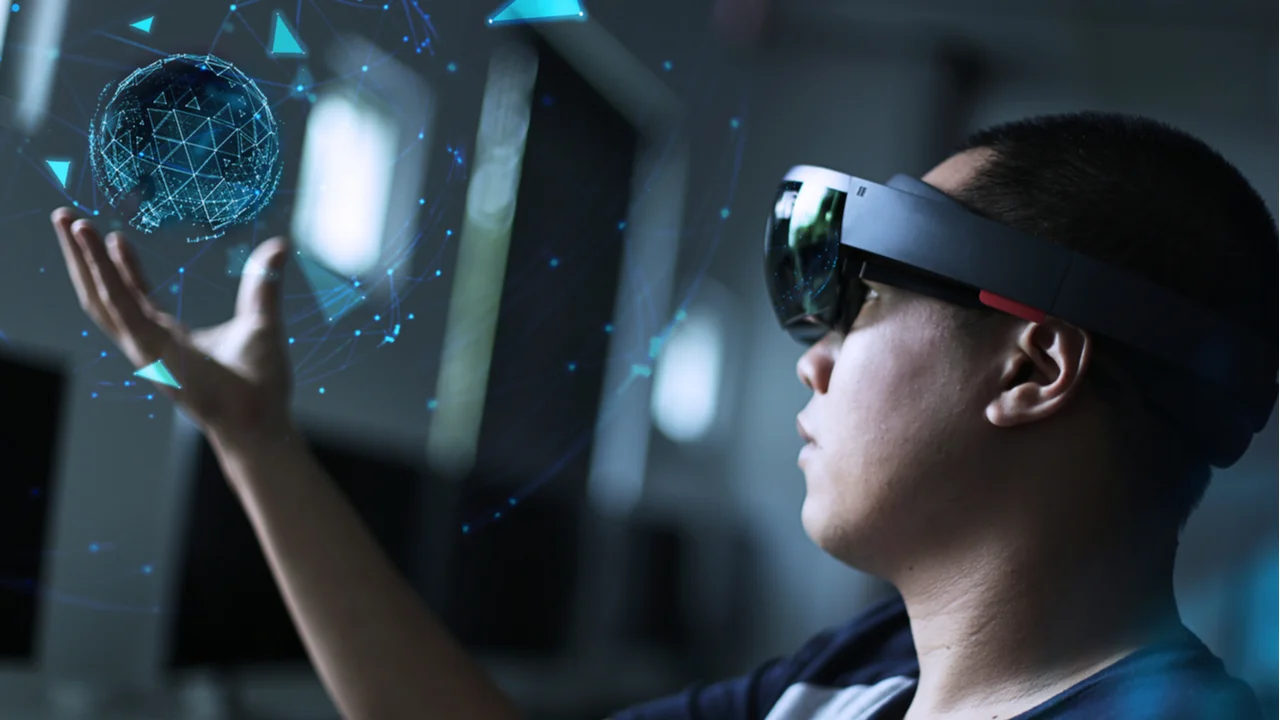In today’s fast-paced technological landscape, one emerging trend is capturing the imagination of tech enthusiasts and industry experts alike: Augmented Reality (AR). With its ability to overlay digital information onto the real world, AR is revolutionizing various sectors, from gaming and entertainment to education and healthcare. In this article, we will delve into the world of AR, exploring its definition, current applications, potential impact, and the challenges and opportunities it presents.
What is Augmented Reality?
Augmented Reality Basics:
Augmented Reality (AR) is an interactive technology that enhances the real-world environment by overlaying digital content, such as images, videos, or 3D models, onto the physical world. Unlike Virtual Reality (VR), which immerses users in a completely virtual environment, AR allows users to see and interact with both the real and digital worlds simultaneously. AR achieves this by utilizing various technologies, including sensors, cameras, and computer vision algorithms, to recognize and track objects in the real world and overlay relevant digital content in real-time.
Augmented Reality in Everyday Life:
AR is already making an impact in various aspects of our daily lives. One of the most well-known examples is the mobile game Pokémon Go, where players use their smartphones to catch virtual creatures overlaid onto the real world. However, the applications of AR go beyond gaming. In the retail industry, AR is transforming the way customers shop by allowing them to virtually try on clothes or visualize furniture in their homes before making a purchase. AR is also being utilized in navigation apps, providing real-time information about nearby points of interest and directions. Additionally, AR is finding applications in education, healthcare, and architecture, providing immersive learning experiences and aiding in medical procedures and architectural visualizations.
The Future of AR:
The potential impact of AR is vast and holds promising opportunities across various industries. In the workplace, AR can enhance productivity by providing real-time information and instructions, enabling workers to perform tasks more efficiently. In the education sector, AR can revolutionize the way students learn, offering interactive and immersive educational experiences that bring abstract concepts to life. AR also has the potential to transform the entertainment industry, allowing for interactive storytelling experiences and immersive live events. Furthermore, AR has implications for healthcare, where it can assist in surgical procedures, visualize patient data, and provide training simulations for medical professionals.
Challenges and Considerations:
While the potential of AR is exciting, there are challenges that need to be addressed. One significant challenge is the development of robust and accurate tracking and mapping technologies to ensure seamless integration of digital content into the real world. Privacy and data security concerns also arise with the use of AR, as personal information and location data may be collected and utilized. Moreover, there is a need for standardized AR development platforms and tools to simplify the creation and deployment of AR experiences across devices and operating systems.
Conclusion:
Augmented Reality is poised to revolutionize our digital experience, offering new ways to interact with the world around us. With its current applications in gaming, retail, education, and healthcare, and its potential impact on various industries, AR presents exciting possibilities for the future. However, challenges related to technology, privacy, and standardization must be addressed to fully harness its potential. As AR continues to evolve, it will undoubtedly shape the way we learn, work, and engage with our surroundings, unlocking a world where the boundaries between the real and digital worlds blur.


